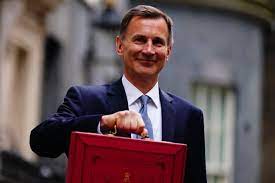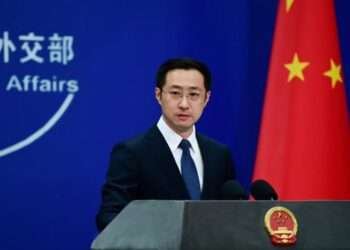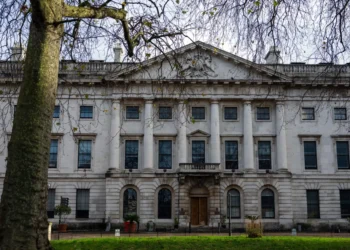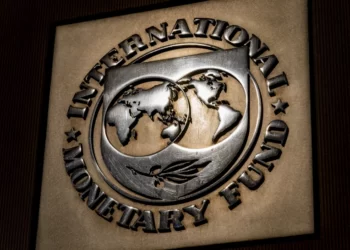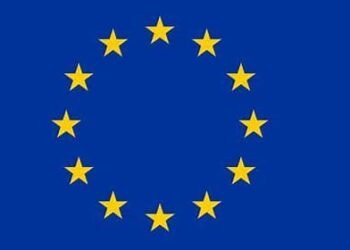Jeremy Hunt is contemplating enacting substantial spending cuts in the upcoming budget to finance tax reductions ahead of pre-elections, according to reports.
Treasury insiders have revealed that the Chancellor is considering implementing “further spending restraint” measures beyond 2025 if official economic forecasts indicate that he lacks the necessary resources to finance “smart tax cuts.”
Reports indicate that Treasury officials were considering lowering the predicted increase in government spending to around 0.75% annually starting in 2025.
This measure could free up between £5 billion and £6 billion for tax cuts in the upcoming spring budget.
Economists caution that the proposed plan for a 1% annual real-terms increase in public spending until 2029 is unattainable. Such a plan would necessitate significant reductions in already strained public services.
The necessary reductions would need to be implemented in unprotected departmental budgets, including adult social care and Ministry of Justice funding for courts and prisons. Budget allocations for the NHS and schools are protected.
Torsten Bell, the chief executive of the Resolution Foundation think tank, previously expressed skepticism about Hunt’s generosity, citing it as relying on “implausible austerity.”
Labour contends that Hunt has incorporated these cuts into the plan from 2025 onward as a political maneuver.
In the upcoming election campaign, the Tories could confront Labour on the choice between making the proposed cuts or increasing expenditure.
If Labour decides to spend more, the Tories could argue Labour is planning to cover that extra spending with tax rises and blame the party for preparing a secret “tax bombshell”.
In anticipation of an upcoming general election later this year, Hunt is evaluating a further reduction in public spending, as tax cuts are perceived as a crucial political tool.
Due to persistently high interest rates, the government’s financial flexibility has diminished as borrowing costs have increased.
The Bank of England (BoE) chose to maintain the base interest rate at 5.25% for the fourth consecutive month in December. This rate is the one that banks charge other lenders when they borrow money.
A Treasury insider stated, “It doesn’t look like the chancellor will have as much space for tax cuts compared to last autumn, so senior folk internally are starting to look at further spending restraint and productivity gains in the future if the numbers move against us again. It is a tough call, but it isn’t clear whether there will be easier alternatives.”
Hunt faces a dilemma: he wants to reduce taxes without decreasing future spending, a move that would likely attract criticism.
His decision hinges on the fiscal leeway granted to him by the Office for Budget Responsibility. On Wednesday, February 14, the Treasury was presented with the most current projections from the organization.
BoE Expected To Cut Interest Rates This Year
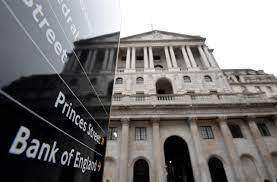
The Bank of England is currently facing a delicate balancing act as it navigates the economic landscape in 2024.
The central bank’s primary tool for influencing the economy is the base interest rate, which directly impacts borrowing costs, spending, and investment decisions.
Despite the current high base rate of 5.25%, policymakers are closely monitoring inflation trends. Inflation has been on the rise, driven by factors such as supply chain disruptions, increased demand, and rising energy prices.
If inflation falls more rapidly than anticipated, the Bank of England may opt for a rate cut as early as June. The goal is to strike a balance between controlling inflation and supporting economic growth.
However, money markets have already priced in the possibility of four quarter-point cuts to interest rates starting in the summer.
These reductions could bring the base rate down to as low as 4.25% by the end of 2024. The first cut is expected in May.
The rationale behind these preemptive rate cuts is to mitigate the risk of a recession.
By lowering interest rates, the central bank aims to encourage borrowing, spending, and investment, thereby stimulating economic activity during challenging times.
READ ALSO: Call For Labour To Double Investment In Publicly Owned Renewable Energy



